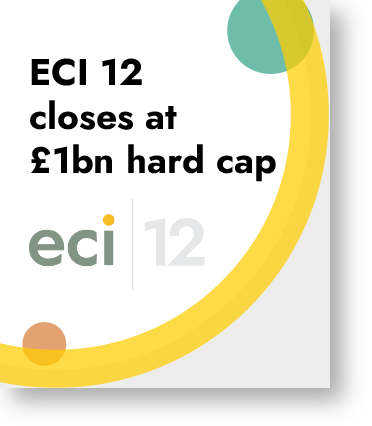As part of our ECI Unlocked programme connecting business leaders across the ECI portfolio, we recently welcomed Pete Hanlon, CTO at Moneypenny to talk through how the business got started with natural language processing and has been able to gain insight from unstructured text, the tools he’s used and why he chose to use open-source NLP.
So why did Moneypenny look to invest in this area? Moneypenny is a leading provider of outsourced communications, and that means there is a vast volume of recorded calls and live chats. There are too many to manually check the quality of, so in order to continue to grow and maintain service levels, they decided to use NLP to analyse the calls and provide quality control.
Choosing the right tools: Open-source vs SaaS services for natural language processing
Moneypenny elected to use open-source solutions rather than a SaaS service. Pete felt that whilst SaaS can be easier to develop against, it’s expensive to scale and your ability to fine-tune the model is more limited. Whilst open source can be more complex to train and run AI models on, it has the benefit of being more flexible and cheaper to run in production. So, what tools did they use?
- Huggingface: An Open Source AI business (you may have become aware of them recently as they also give users access to the Dall-E mini AI model generating images from prompts, giving the world images such as this:

- Keybert: An open-source extraction technique that leverages BERT to create keywords and keyphrases that are most similar to a document
- PyTorch: An open-source machine learning framework that accelerates the path from research prototyping to production deployment
What can the technology do?
- Sentiment Analysis: Moneypenny uses NLP to determine the sentiment of a conversation, which can help to assess customer satisfaction
- Key Topic Extraction: Moneypenny uses this to understand the key themes of a conversation, which can then help identify the key issues that customers are needing help with
- Classification: Moneypenny uses this to assess how likely the text is relating to a particular topic, for example ‘how likely is this conversation to be about car repairs’ with zero-shot classification or can use few-shot classification for it to label it ‘car repairs’ directly for you
- Entity Extraction: Moneypenny uses this to return what it believes to be names, addresses, phone numbers, or companies in the text, which allows Moneypenny to anonymise personal information
- Question answering: The tools enable you to return an answer to a question based on a body of text. And because it is using language context rather than google results it doesn’t fall into some of the same traps that some chatbots often fall into. So for example you can interrogate data like the below:
‘question’: ‘To whom did the Virgin Mary allegedly appear in 1858 in Lourdes France?’
‘context’: ‘Architecturally, the school has a Catholic character. Atop the Main Building’s gold dome is a golden statue of the Virgin Mary. Immediately in front of the Main Building and facing it, is a copper statue of Christ with arms upraised with the legend “Venite Ad Me Omnes”. Next to the Main Building is the Basilica of the Sacred Heart. Immediately behind the basilica is the Grotto, a Marian place of prayer and reflection. It is a replica of the grotto at Lourdes, France where the Virgin Mary reputedly appeared to Saint Bernadette Soubirous in 1858. At the end of the main drive (and in a direct line that connects through 3 statues and the Gold Dome), is a simple, modern stone statue of Mary.’,
,{‘answers’: [‘Saint Bernadette Soubirous’]},
What is the business impact of natural language processing?
Moneypenny now has insights into the topics that people are discussing and the questions that are being raised, which they can leverage to identify new service opportunities. They also understand conversational sentiment which helps with quality assurance earlier in the process and saves managers time.
As well as helping them to scale existing processes much more efficiently, in the future there is also a significant opportunity for Moneypenny to use this processing to add value and give insight back to their customers. I’m sure many people reading this would like to know the key themes coming from the calls taking place across their business today.
Finally, although we are realistically a long way off from robots being able to hold the type of open-ended conversations that Moneypenny provides for their customers, getting started with the data processing and analysis they are doing now has already started to lay the foundations for this if it does become a reality in the future.


